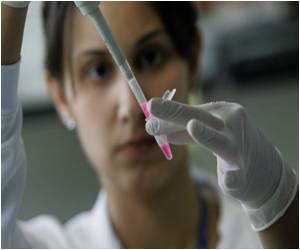 Researchers have devised a wholly new approach to the treatment of Alzheimer’s disease involving the so-called retromer protein complex.
Researchers have devised a wholly new approach to the treatment of Alzheimer’s disease involving the so-called retromer protein complex.
Retromer plays a vital role in neurons, steering amyloid precursor protein (APP) away from a region of the cell where APP is cleaved, creating the potentially toxic byproduct amyloid-beta, which is thought to contribute to the development of Alzheimer’s.
Using computer-based virtual screening, the researchers identified a new class of compounds, called pharmacologic chaperones that can significantly increase retromer levels and decrease amyloid-beta levels in cultured hippocampal neurons, without apparent cell toxicity.
Dagmar Ringe, PhD, Harold and Bernice Davis Professor in the Departments of Biochemistry and Chemistry, said their challenge was to find small molecules-or pharmacologic chaperones-that could bind to retromer’s weak point and stabilize the whole protein complex.
This was accomplished through computerized virtual, or in silico, screening of known chemical compounds, simulating how the compounds might dock with the retromer protein complex. (In conventional screening, compounds are physically tested to see whether they interact with the intended target, a costlier and lengthier process.)
The screening identified 100 potential retromer-stabilizing candidates, 24 of which showed particular promise. Of those, one compound, called R55, was found to significantly increase the stability of retromer when the complex was subjected to heat stress.
The researchers then looked at how R55 affected neurons of the hippocampus, a key brain structure involved in learning and memory.
More important, a subsequent experiment showed that the compound significantly increased retromer levels and decreased amyloid-beta levels in cultured neurons taken from healthy mice and from a mouse model of Alzheimer’s. The researchers are currently testing the clinical effects of R55 in the actual mouse model.
The study has been published online in the journal Nature Chemical Biology.
Source: zee news

